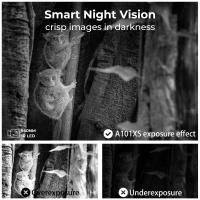Why Is A Light Microscope Used ?
A light microscope is used to magnify and observe small objects or organisms that are not visible to the naked eye. It uses visible light to illuminate the specimen and lenses to magnify the image. This type of microscope is commonly used in various scientific fields, such as biology, medicine, and materials science, to study cells, tissues, microorganisms, and other small structures. It allows researchers to visualize and analyze the details of these specimens, aiding in research, diagnosis, and understanding of biological processes.
1、 Magnification: Enlarging the image of small objects for better visibility.
A light microscope is used for various reasons, with one of the primary purposes being magnification. By enlarging the image of small objects, a light microscope allows for better visibility and examination of minute details. This is particularly useful in fields such as biology, medicine, and materials science, where the study of cells, tissues, and microorganisms requires a high level of precision.
The magnification capabilities of a light microscope enable scientists and researchers to observe and analyze structures that are otherwise invisible to the naked eye. By using lenses to bend and focus light, a light microscope can enlarge the image of an object up to a thousand times or more, depending on the specific microscope's design. This allows for the visualization of intricate cellular structures, the identification of pathogens, and the examination of the composition and properties of materials at a microscopic level.
In addition to magnification, light microscopes also offer other advantages. They are relatively affordable and easy to use, making them accessible to a wide range of users, from students to professionals. Light microscopes also provide real-time imaging, allowing for the observation of dynamic processes and the capture of images or videos for further analysis.
Moreover, advancements in technology have led to the development of more sophisticated light microscopes. For instance, confocal microscopy and fluorescence microscopy techniques have revolutionized the field by enabling the visualization of specific molecules or structures within cells or tissues. These techniques utilize fluorescent dyes or markers that emit light when excited by specific wavelengths, providing enhanced contrast and specificity in imaging.
In conclusion, a light microscope is used primarily for magnification, enabling better visibility and examination of small objects. Its affordability, ease of use, and real-time imaging capabilities make it a valuable tool in various scientific disciplines. Furthermore, advancements in technology continue to enhance the capabilities of light microscopes, allowing for more precise and detailed observations.
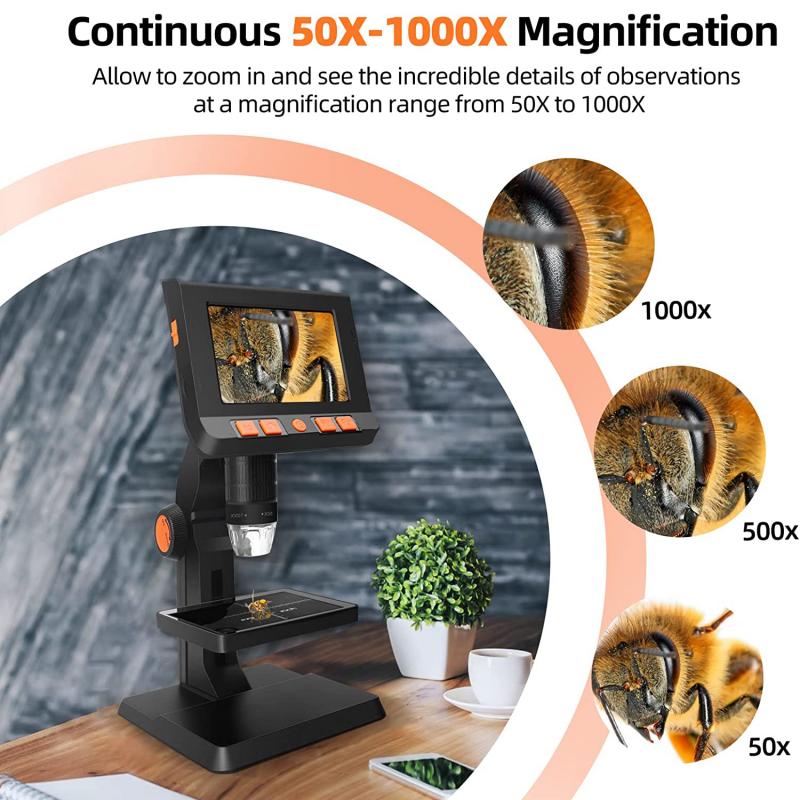
2、 Resolution: Enhancing the clarity and sharpness of the image.
A light microscope is used for various scientific and medical purposes due to its ability to enhance the clarity and sharpness of the image, also known as resolution. Resolution is a critical factor in microscopy as it determines the level of detail that can be observed and analyzed.
The primary reason for using a light microscope is to visualize and study microscopic structures that are not visible to the naked eye. By using a combination of lenses and light, a light microscope can magnify the specimen, allowing scientists and researchers to examine its intricate details. This is particularly useful in fields such as biology, medicine, and materials science, where understanding the structure and function of microscopic entities is crucial.
Enhancing resolution is essential because it enables scientists to distinguish between closely spaced objects and observe fine details within a specimen. The higher the resolution, the more precise the image, allowing for more accurate measurements and analysis. This is particularly important when studying cellular structures, microorganisms, or nanoparticles, where even the smallest details can have significant implications.
In recent years, advancements in light microscopy techniques have further improved resolution capabilities. Techniques such as confocal microscopy, super-resolution microscopy, and structured illumination microscopy have pushed the boundaries of what can be observed with a light microscope. These techniques utilize various methods, such as fluorescent labeling and computational algorithms, to overcome the diffraction limit of light and achieve resolutions beyond what was previously possible.
Overall, the use of a light microscope is essential for scientific and medical research due to its ability to enhance resolution. As technology continues to advance, the capabilities of light microscopy will continue to expand, allowing for even more detailed and precise observations of the microscopic world.

3、 Illumination: Providing adequate light to illuminate the specimen.
A light microscope is used for several reasons, with one of the primary reasons being illumination. Illumination refers to providing adequate light to illuminate the specimen being observed under the microscope. This is crucial because it allows scientists and researchers to visualize and study the specimen in detail.
The light source in a light microscope is typically located at the base of the instrument, and it provides a beam of light that passes through the specimen. The light is then focused by a series of lenses, which magnify the image and project it into the eyepiece or onto a camera for further analysis. Without proper illumination, the specimen would appear dark and difficult to observe.
Illumination is important because it enhances the contrast and visibility of the specimen. By illuminating the specimen, it becomes easier to distinguish different structures, cells, or organisms within the sample. This is particularly useful when studying biological samples, such as cells or tissues, as it allows researchers to observe their morphology, behavior, and interactions.
Moreover, proper illumination is essential for achieving accurate and reliable results. It helps to minimize artifacts and distortions that may occur during the imaging process. By ensuring adequate illumination, scientists can obtain clear and high-resolution images, which are crucial for making accurate observations and drawing meaningful conclusions.
In recent years, advancements in light microscopy techniques have further enhanced the importance of illumination. For example, the development of fluorescence microscopy has revolutionized the field of biological imaging. Fluorescent dyes and markers can be used to label specific molecules or structures within a specimen, and when illuminated with the appropriate light source, they emit fluorescent light of a different color. This allows researchers to visualize and study specific components within the specimen with great precision and specificity.
In conclusion, a light microscope is used because of its ability to provide adequate illumination to the specimen. Illumination enhances contrast, visibility, and accuracy, allowing scientists to study and understand the intricate details of various samples. With the continuous advancements in microscopy techniques, proper illumination remains a fundamental aspect of microscopic analysis.
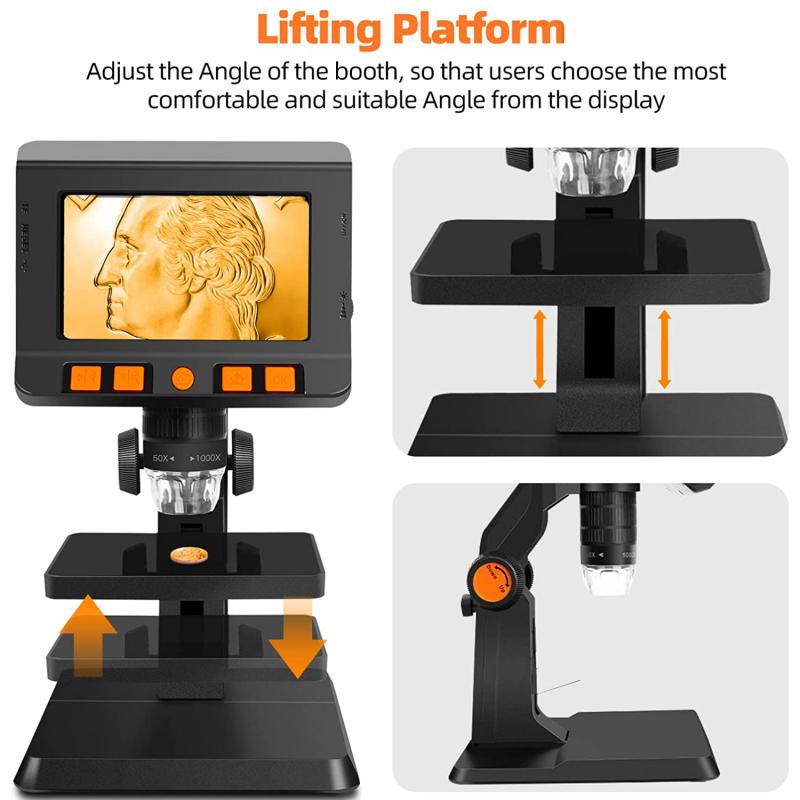
4、 Sample Preparation: Preparing the specimen for optimal viewing under the microscope.
A light microscope is used for various reasons, but one of the primary purposes is sample preparation. Preparing the specimen for optimal viewing under the microscope is crucial to obtain clear and detailed images.
Sample preparation involves several steps to ensure that the specimen is suitable for observation. These steps may include fixation, staining, sectioning, and mounting. Fixation helps preserve the structure and prevent decay or degradation of the specimen. Staining is often used to enhance contrast and highlight specific features of interest. Sectioning allows for thin slices of the specimen to be examined, providing a more detailed view. Finally, mounting the specimen onto a slide with a cover slip ensures stability and protects it from damage during observation.
The use of a light microscope in sample preparation allows scientists and researchers to study a wide range of biological samples, such as cells, tissues, and microorganisms. It provides a non-invasive and relatively simple method to visualize and analyze these samples. Light microscopes use visible light to illuminate the specimen, and the resulting image is magnified and focused using lenses. This allows for the observation of cellular structures, organelles, and other microscopic details.
In recent years, advancements in light microscopy techniques have further expanded the capabilities of this tool. Techniques such as fluorescence microscopy, confocal microscopy, and super-resolution microscopy have revolutionized the field, enabling scientists to study dynamic processes within living cells and obtain images with unprecedented resolution. These advancements have greatly contributed to our understanding of cellular biology, disease mechanisms, and drug development.
In conclusion, a light microscope is used because it allows for sample preparation, which is essential for optimal viewing under the microscope. The ability to visualize and analyze biological samples using a light microscope has been instrumental in advancing scientific knowledge and continues to be a valuable tool in various fields of research.









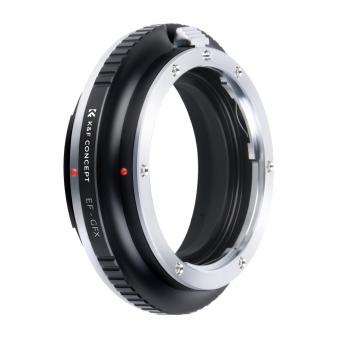
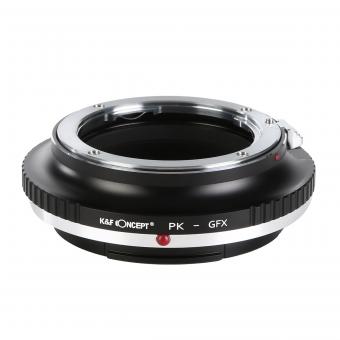
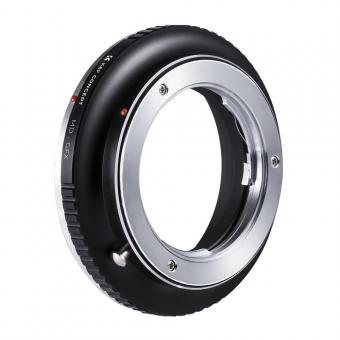


















-200x200.jpg)
